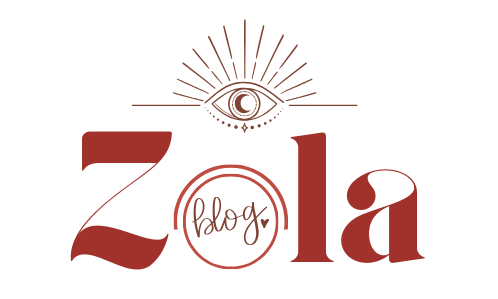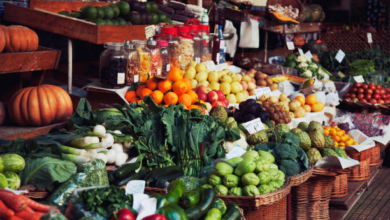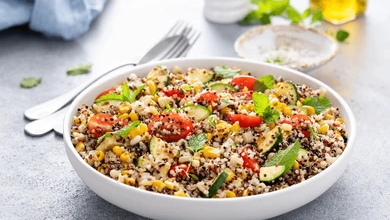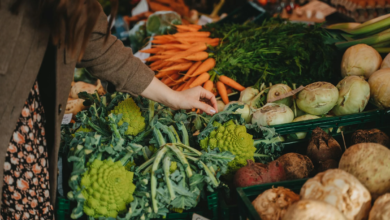How to Measure Ingredients Properly
Learn essential techniques for measuring ingredients accurately in baking. Discover the right tools and methods to ensure your baked goods turn out perfectly every time.
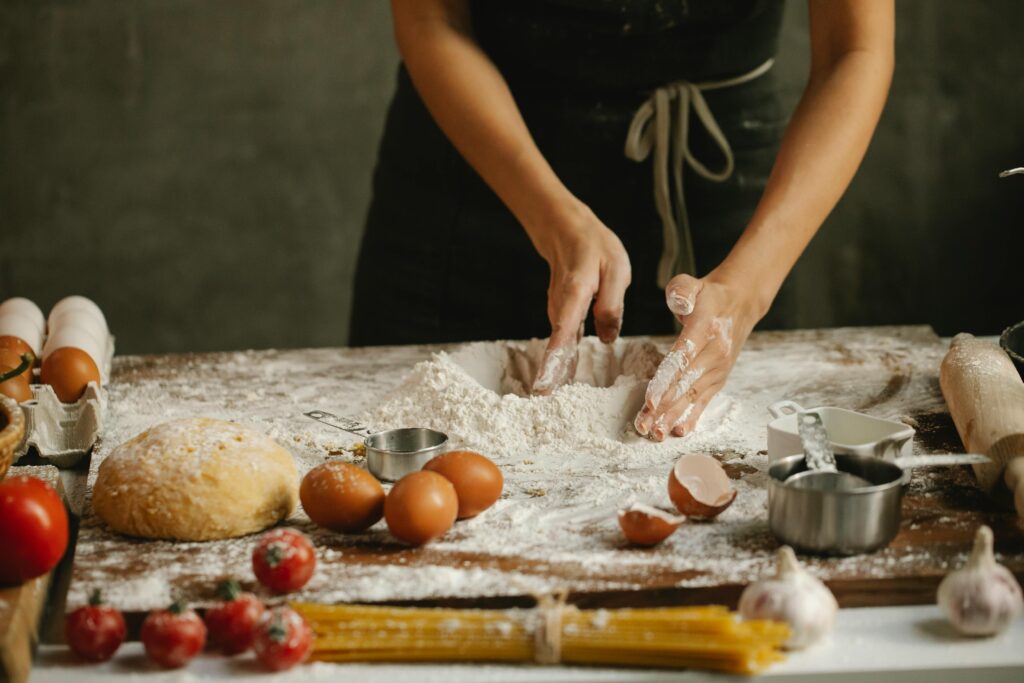
Accurate measurement of ingredients is the cornerstone of successful baking. Even small discrepancies can lead to significant differences in texture, taste, and appearance of your baked goods. In this article, we will explore the essential techniques and tools for measuring ingredients properly to ensure your baking projects turn out perfectly every time.
Types of Ingredients
Understanding the type of ingredients you are working with is the first step in proper measurement.
Dry Ingredients: These include flour, sugar, cocoa powder, and baking powder. They need to be measured carefully to avoid packing, which can lead to using more than intended.
Wet Ingredients: These include milk, water, oil, and vanilla extract. These should be measured in liquid measuring cups for accuracy.
Miscellaneous: Items like eggs and butter have specific measurement techniques that ensure consistency in baking.
Measuring Tools
Investing in the right measuring tools is crucial for accuracy:
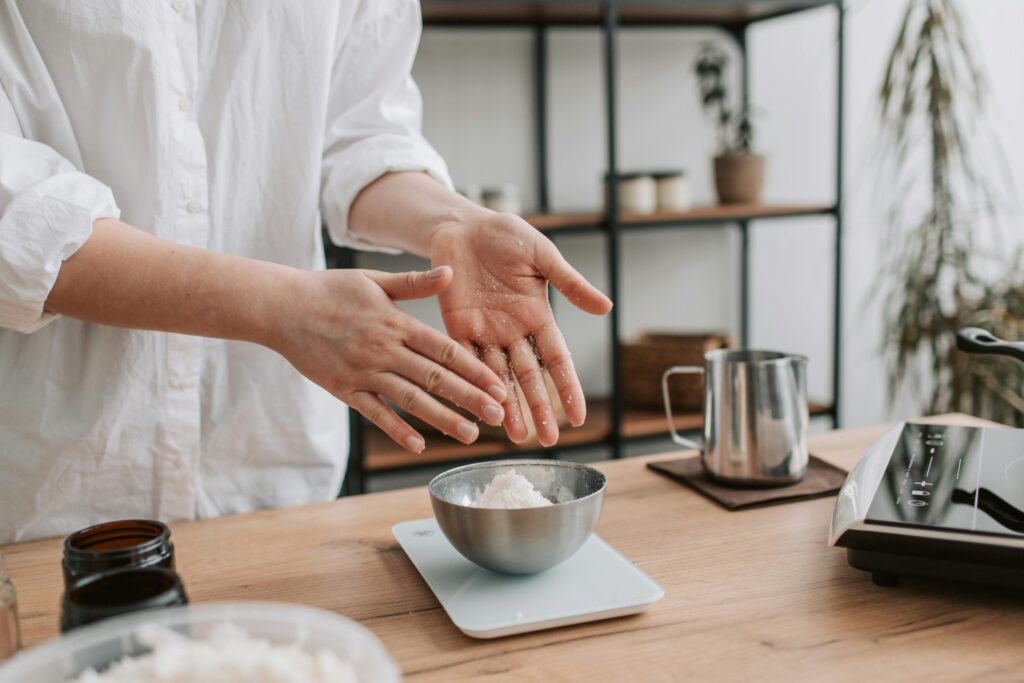
Kitchen Scale: A digital kitchen scale provides the most accurate measurements, especially for dry ingredients. It’s useful for recipes that provide ingredient weights rather than volumes.
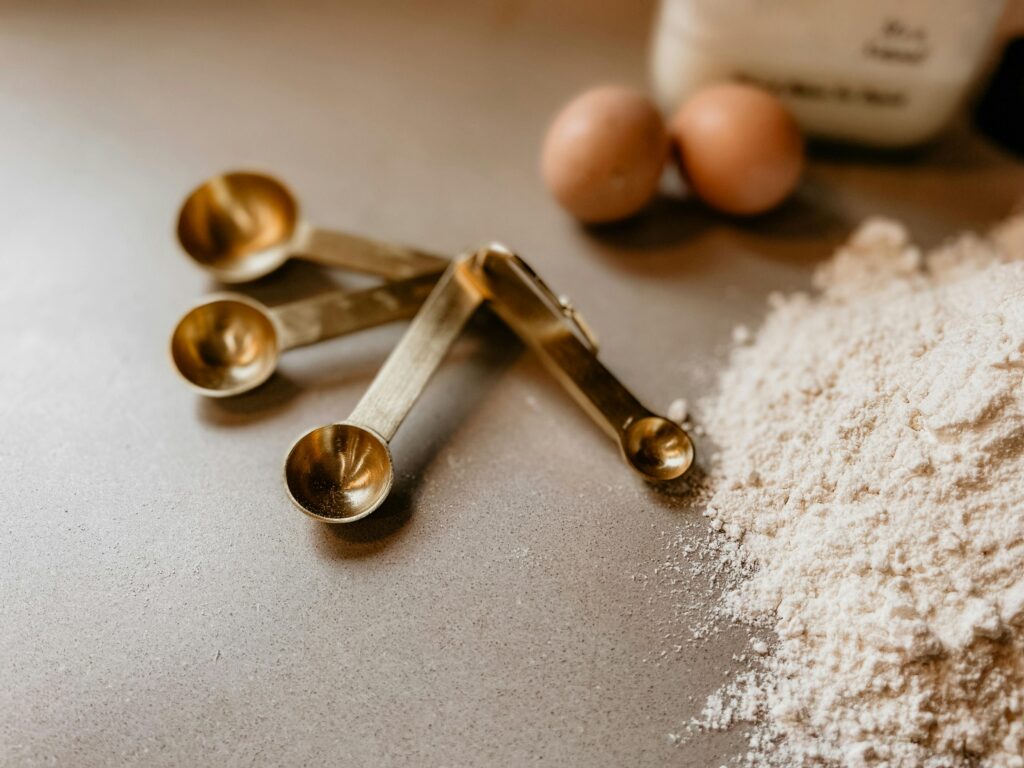
Measuring Cups and Spoons: These come in sets and are designed for dry and wet ingredients. Dry measuring cups allow you to level off ingredients, while liquid measuring cups usually have a spout and are clear with measurement lines.
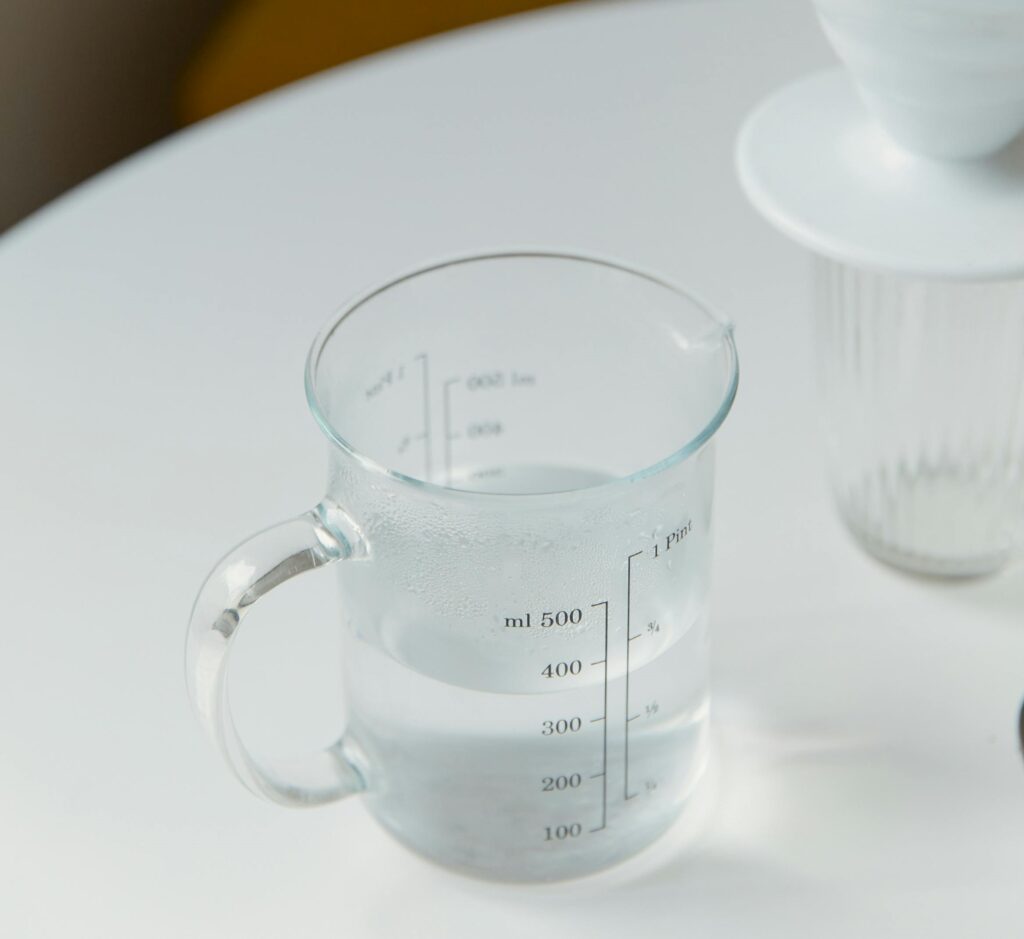
Liquid Measuring Cups: Made of glass or plastic, these cups are designed to measure wet ingredients. They have extra space above the measurement line to prevent spillage.
Techniques for Measuring
Using the right techniques ensures you get the most accurate measurements:
Dry Ingredients:
Spoon and Level Method: Spoon the ingredient into the measuring cup and level it off with a straight edge, such as a knife. This prevents packing the ingredient into the cup. For example, spoon flour into the cup and level it off without shaking or tapping the cup.
Wet Ingredients:
Measuring at Eye Level: Pour the liquid into a liquid measuring cup placed on a flat surface. Bend down to check the measurement at eye level to ensure accuracy. For instance, fill the cup with milk until it reaches the desired line and view it at eye level to avoid parallax error.
Special Cases:
Brown Sugar: Brown sugar should be packed into the measuring cup. Press it down firmly until it holds its shape when turned out.
Sticky Ingredients (Honey, Syrup): Use a liquid measuring cup and spray it with a bit of cooking spray before measuring. This helps the sticky ingredient slide out easily and ensures you get the full amount.
Common Mistakes and How to Avoid Them
Avoid these common mistakes to ensure accurate measurements:
Overpacking Flour: Scooping flour directly from the bag can lead to overpacking. Always use the spoon and level method.
Inaccurate Liquid Measurements: Not measuring at eye level can cause you to use too much or too little liquid. Always check the measurement from the side at eye level.
Misreading the Meniscus: The meniscus is the curve seen at the top of a liquid in response to its container. Measure at the bottom of the meniscus for accuracy.
Properly measuring ingredients is a fundamental skill that can make or break your baking results. By using the right tools and techniques, you can ensure your recipes turn out perfectly every time. Practice these methods and enjoy the consistency and quality they bring to your baking.
For more tips on improving your baking skills, be sure to read our article on How to Perfect the Art of Baking: Tips and Tricks.
Frequently Asked Questions
Why is it important to measure ingredients accurately in baking?
Baking is a science, and precise measurements ensure that the chemical reactions occur correctly, resulting in the desired texture and taste.
Can I use a kitchen scale for all ingredients?
Yes, a kitchen scale can provide precise measurements for both dry and wet ingredients, making it a versatile tool in baking.
What’s the best way to measure flour?
Use the spoon and level method to avoid overpacking. Spoon the flour into the measuring cup and level it off with a straight edge.
How do I measure sticky ingredients without making a mess?
Spray the measuring cup with a bit of cooking spray before adding sticky ingredients like honey or syrup. This allows the ingredient to slide out easily.
